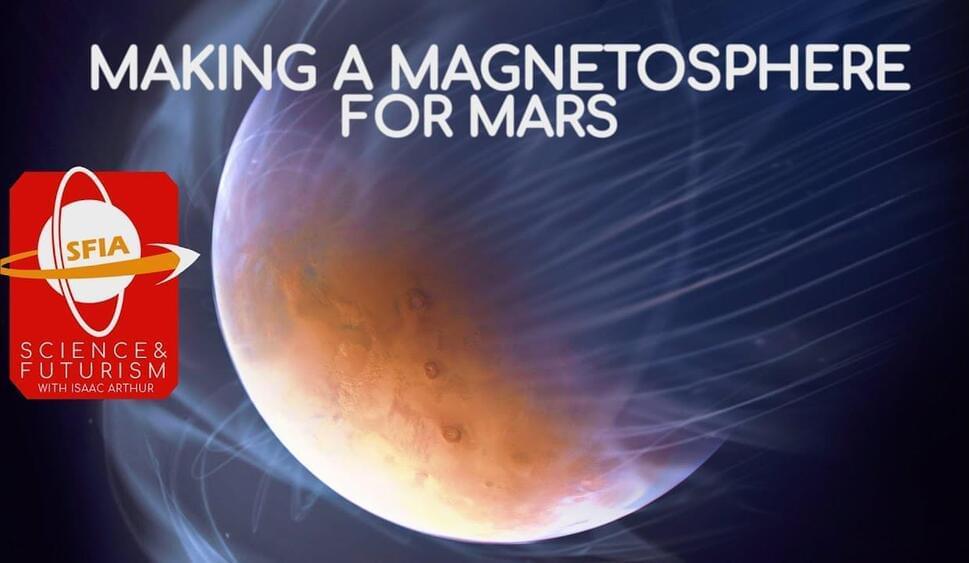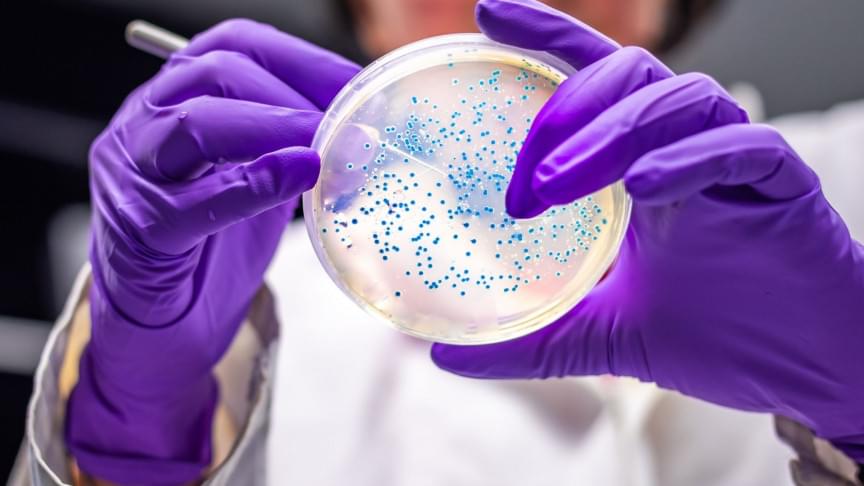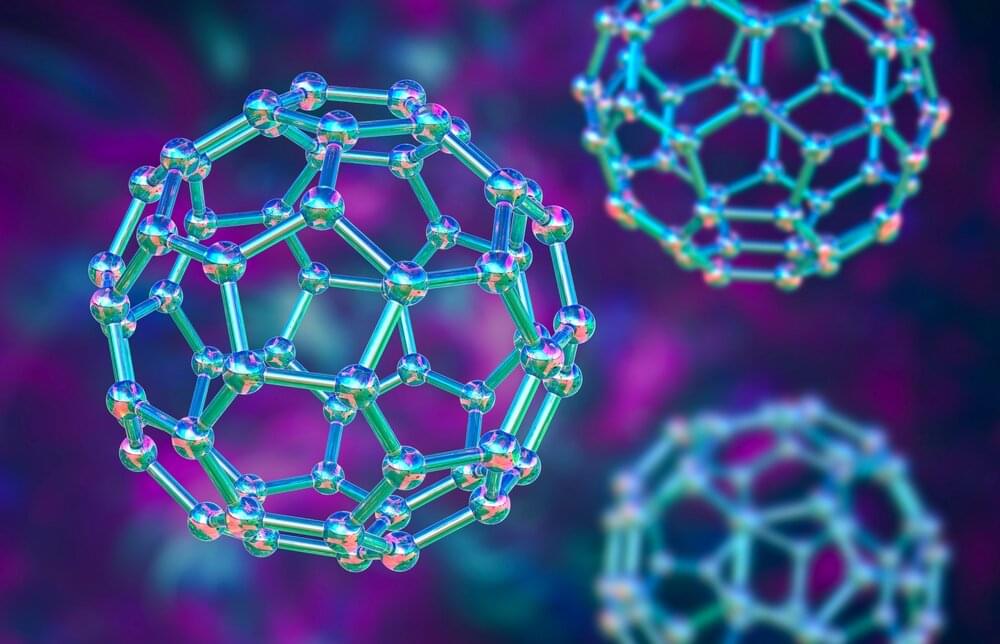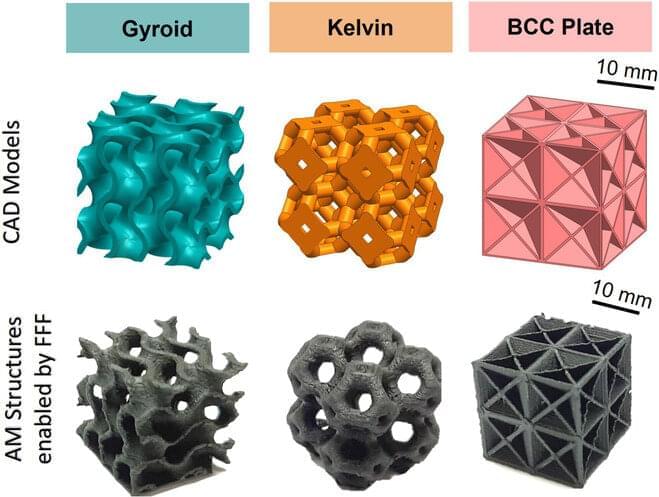Archive for the ‘engineering’ category: Page 94
May 16, 2022
Eavesdroppers can hack 6G frequency with DIY metasurface
Posted by Dan Breeden in categories: cybercrime/malcode, engineering, internet
Crafty hackers can make a tool to eavesdrop on some 6G wireless signals in as little as five minutes using office paper, an inkjet printer, a metallic foil transfer and a laminator.
The wireless security hack was discovered by engineering researchers from Rice University and Brown University, who will present their findings and demonstrate the attack this week in San Antonio at ACM WiSec 2022, the Association for Computing Machinery’s annual conference on security and privacy in wireless and mobile networks.
“Awareness of a future threat is the first step to counter that threat,” said study co-author Edward Knightly, Rice’s Sheafor-Lindsay Professor of Electrical and Computer Engineering. “The frequencies that are vulnerable to this attack aren’t in use yet, but they are coming and we need to be prepared.”
May 15, 2022
Making a Magnetosphere for Mars
Posted by Dan Breeden in categories: engineering, environmental, space

Sign up for a Curiosity Stream subscription and also get a free Nebula subscription (the streaming platform built by creators) here: https://curiositystream.com/isaacarthur.
We believe Mars may once have had oceans and sky, but lost them from a lack of a magnetosphere. How does this happen, and how can we create a magnetosphere for Mars so we can terraform and live on it?
International Space Development Conference Registration: https://isdc2022.nss.org.
Martian Magnetosphere paper by R.A. Bamford: https://arxiv.org/abs/2111.06887
Visit our Website: http://www.isaacarthur.net.
Support us on Patreon: https://www.patreon.com/IsaacArthur.
Support us on Subscribestar: https://www.subscribestar.com/isaac-arthur.
Facebook Group: https://www.facebook.com/groups/1583992725237264/
Reddit: https://www.reddit.com/r/IsaacArthur/
Twitter: https://twitter.com/Isaac_A_Arthur on Twitter and RT our future content.
SFIA Discord Server: https://discord.gg/53GAShE
May 13, 2022
Revolutionary New Qubit Platform Could Transform Quantum Computing
Posted by Saúl Morales Rodriguéz in categories: engineering, quantum physics, supercomputing
The digital device you are using to view this article is no doubt using the bit, which can either be 0 or 1, as its basic unit of information. However, scientists around the world are racing to develop a new kind of computer based on the use of quantum bits, or qubits, which can simultaneously be 0 and 1 and could one day solve complex problems beyond any classical supercomputers.
A research team led by scientists at the U.S. Department of Energy’s (DOE) Argonne National Laboratory, in close collaboration with FAMU-FSU College of Engineering Associate Professor of Mechanical Engineering Wei Guo, has announced the creation of a new qubit platform that shows great promise to be developed into future quantum computers. Their work is published in the journal Nature.
“Quantum computers could be a revolutionary tool for performing calculations that are practically impossible for classical computers, but there is still work to do to make them reality,” said Guo, a paper co-author. “With this research, we think we have a breakthrough that goes a long way toward making qubits that help realize this technology’s potential.”
May 13, 2022
Researchers invent world’s smallest biomechanical linkage
Posted by Dan Breeden in categories: biological, chemistry, engineering
Researchers at Princeton University have built the world’s smallest mechanically interlocked biological structure, a deceptively simple two-ring chain made from tiny strands of amino acids called peptides.
In a paper published August 23 in Nature Chemistry, the team detailed a library of such structures made in their lab—two interlocked rings, a ring on a dumbbell, a daisy chain and an interlocked double lasso—each around one billionth of a meter in size. The study also demonstrates that some of these structures can toggle between at least two shapes, laying the groundwork for a biomolecular switch.
“We’ve been able to build a bunch of structures that no one’s been able to build before,” said A. James Link, professor of chemical and biological engineering, the study’s principal investigator. “These are the smallest threaded or interlocking structures you can make out of peptides.”
May 12, 2022
Sophisticated fluid mechanics model: Space–time isogeometric analysis of car and tire aerodynamics
Posted by Jose Ruben Rodriguez Fuentes in categories: computing, engineering, space

The complex aerodynamics around a moving car and its tires are hard to see, but not for some mechanical engineers.
Specialists in fluid dynamics at Rice University and Waseda University in Tokyo have developed their computer simulation methods to the point where it’s possible to accurately model moving cars, right down to the flow around rolling tires.
May 12, 2022
Scientists synthesize new, ultra-hard material
Posted by Dan Breeden in categories: biotech/medical, engineering, military, nanotechnology
Russian scientists have synthesized a new ultra-hard material consisting of scandium containing carbon. It consists of polymerized fullerene molecules with scandium and carbon atoms inside. The work paves the way for future studies of fullerene-based ultra-hard materials, making them a potential candidate for photovoltaic and optical devices, elements of nanoelectronics and optoelectronics, and biomedical engineering as high-performance contrast agents. The study was published in Carbon.
The discovery of new, all-carbon molecules known as fullerenes almost 40 years ago was a revolutionary breakthrough that paved the way for fullerene nanotechnology. Fullerenes have a spherical shape made of pentagons and hexagons that resembles a soccer ball, and a cavity within the carbon frame of fullerene molecules can accommodate a variety of atoms.
The introduction of metal atoms into carbon cages leads to the formation of endohedral metallofullerenes (EMF), which are technologically and scientifically important owing to their unique structures and optoelectronic properties.
May 11, 2022
Nature-inspired self-sensing materials could lead to new developments in engineering
Posted by Dan Breeden in categories: engineering, health, nanotechnology
The cellular forms of natural materials are the inspiration behind a new lightweight, 3D printed smart architected material developed by an international team of engineers.
The team, led by engineers from the University of Glasgow, mixed a common form of industrial plastic with carbon nanotubes to create a material which is tougher, stronger and smarter than comparable conventional materials.
The nanotubes also allow the otherwise nonconductive plastic to carry an electric charge throughout its structure. When the structure is subjected to mechanical loads, its electrical resistance changes. This phenomenon, known as piezoresitivity, gives the material the ability to “sense” its structural health.
May 8, 2022
Scientists engineer a bacteria to produce a drug used to treat Parkinson’s disease
Posted by Gemechu Taye in categories: biotech/medical, engineering, genetics, neuroscience

The results of the study could lead to new treatment options. In a groundbreaking new study published in the journal Nature on Thursday, researchers have compared the brain cells of patients who had died from either Parkinson’s disease or dementia to people unaffected by the disorders and found which brain cells are responsible for both conditions.
A team of researchers has created a bacteria that can produce a steady and consistent source of medicine inside a patient’s gut, suggesting the possibility for genetically edited bacteria to be an efficient Parkinson’s disease treatment.














